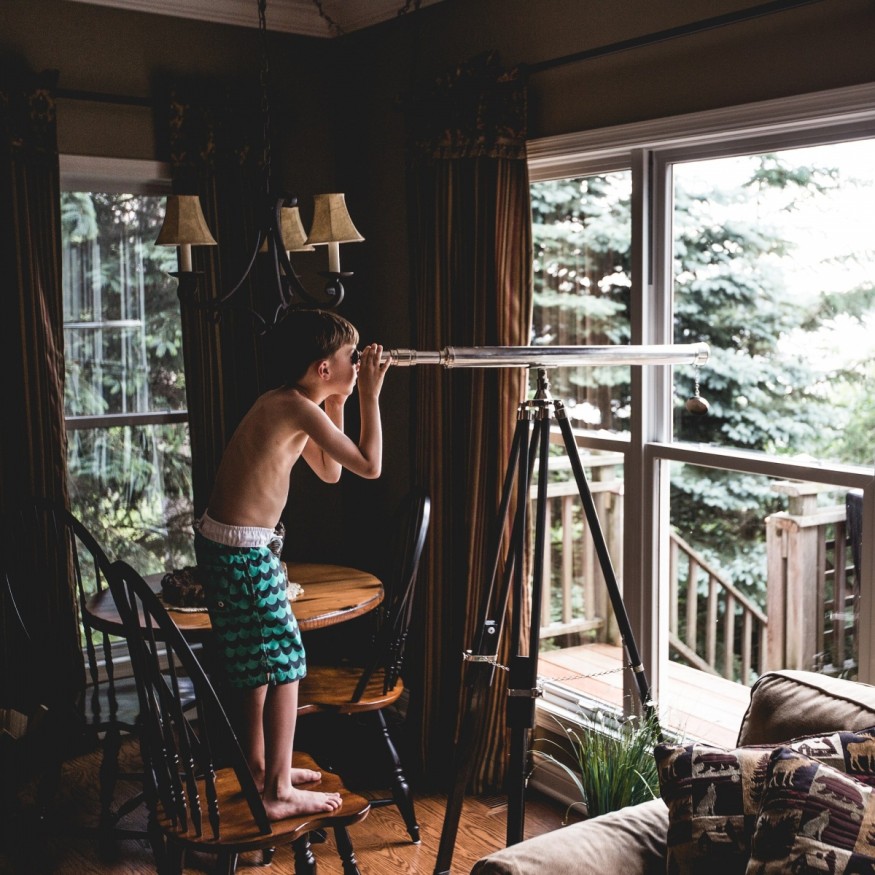
An entry-level telescope for amateur stargazing is a popular gift during the holiday season. Those who recently received one are probably eager to give it a try. However, assuming they're inexperienced with how to operate their new telescope, it's important to learn a few fundamentals. If this is your situation, keep reading to learn about how to get the most out of your beginner's telescope.
Read the instruction manual
This is a fundamental step for any situation in which a person is learning how to operate an unfamiliar device or piece of equipment. The manufacturer of your beginner's telescope will undoubtedly include a training manual in the box. Take the time to read it thoroughly. Become familiar with the table of contents, so that you can access relevant information faster when the need arises.
Study star maps
Star maps are an amateur astronomer's best friend. They help to understand what you're looking at and help for planning what to try and look for when peering through the viewfinder. Furthermore, star maps are available for free online, making them accessible to anyone with an internet connection. Either download them directly to a device like a laptop or a tablet or make hardcopies courtesy of an inkjet printer. You can also download Google Sky onto your smartphone as a way to get your bearings.
Leave the city
The entry-level telescope in your possession is commonly referred to as a "backyard" telescope. But the truth is that most backyards are within metropolitan areas with a tremendous amount of light pollution generated by street lights and other sources of artificial nocturnal illumination. While it's still possible to see relatively large celestial objects in the night sky such as the lunar surface or the planet Jupiter, many of the wonders of visible space are obscured. If you want to make the most of your telescope, take a drive out into the rural areas, where light pollution is significantly less of an obstruction.
Check the weather
You aren't going to do much stargazing when there are overcast skies. Remember to check the weather forecast before going to the trouble of setting up your telescope. This can also help to keep your telescope from being damaged by water in the event it starts raining after you've already set it up outdoors. Since forecasts are not always 100% accurate, have a tarp and dry towel with you at all times in the event of sudden-onset inclement weather. Cover the telescope until the rain stops. Use the towel to absorb any droplets that make their way onto the telescope.
Make user-friendly improvements
A few simple life hacks can make a huge difference in your ability to make the most of your beginner's telescope. The first one involves attaching a popsicle stick to the focuser knob. The popsicle stick acts as a lever that enables a user to more smoothly adjust the focus. It sounds like an insignificant add-on but trust us, it makes a big difference. Another useful augmentation involves lowering the center of gravity of the telescope's tripod to make it more stable. You can do this by taking a large jug filled with water or sand and tying one end of a rope to the neck. Tie the other end to the underside of the central segment of the tripod, with an inch or so of clearance between the jug and the ground.
If you have an interest in looking up at the wonders of the night sky, you might have been gifted a telescope for Christmas. If so, you'll want to make the most of it. Once you do, you'll be able to start successfully stargazing, an experience you won't soon forget!
© 2025 ScienceTimes.com All rights reserved. Do not reproduce without permission. The window to the world of Science Times.











